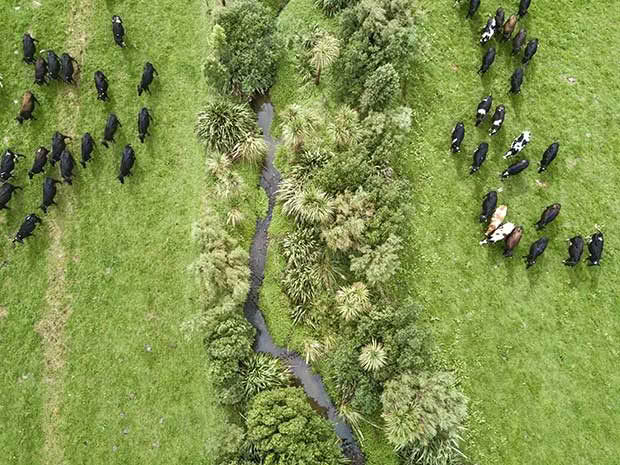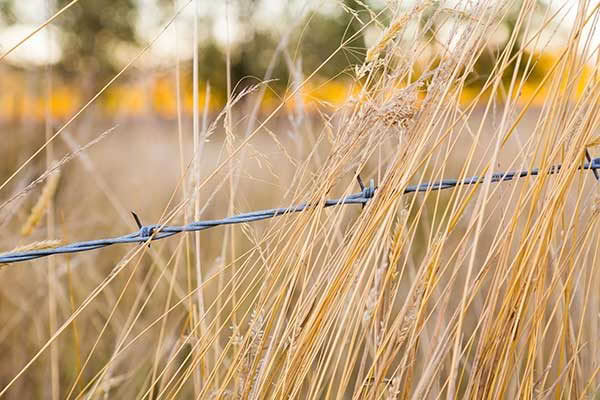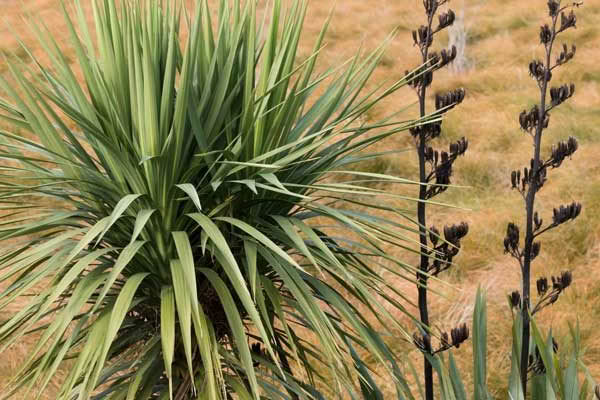8 tips for creating the perfect riparian zone

Conserve NZ’s waterways and your budget with riparian planting. May to September is the best time for it as the land is generally wetter and plants can become established before next summer. Here’s how to get started.
Words: Abby Mathews
1. Where possible, it is generally best to select natives grown from locally-sourced seed as native species not sourced locally can interfere with genetics of the local variety. Take care with non-indigenous plants as they can become weeds and infest the area, and disperse downstream.
2. The wider the riparian margin, the more opportunity there is for sediment and nutrients to be filtered. Some areas may require larger set-back distances between the fence and waterway. These include areas that are intensively farmed with high nutrient inputs, waterways prone to stream bank erosion, or steep slopes with rapid run-off.
3. Consider fencing requirements, including:
– the type of fence;
– the setback distance from the waterway;
– plant selection;
– weed control and maintenance requirements.
4. Fencing to exclude stock reduces soil compaction, maximises infiltration of water to your plants, and can also reduce stock losses. Always install your fence before planting if animals are likely to trample or eat your new plants – you don’t want all your hard work to become a buffet!

5. Have a weed management plan in place before you start planting. Initial weed control should be completed well before planting, in some cases up to a year in advance. Ongoing maintenance may be required and consideration should be given to the best method and timing of application if you are using herbicide. Care needs to be taken when spraying around waterways as some herbicides contaminate water and can be toxic to aquatic life.
6. Think of the bees. Riparian planting has benefits beyond improving water quality, it increases native vegetation cover and supports bee and native bird populations. Different species of bees emerge from their nests at different times of the year. Ensuring you have plants flowering throughout the year is a good way to encourage pollination by bees and birds.
7. Common riparian plants such as cabbage tree, flax, kahikatea, manuka and totara flower throughout summer. Autumn-flowering natives include long-leaved lacebark and lancewood, while five-finger and kowhai will flower throughout the winter months. Puriri and titoki will flower throughout most of the year but are sensitive to frost when young, so it is best to plant once other vegetation is established.
8. May to September is generally the best time for planting as the land is generally wetter and there is sufficient time for plants to become established before summer comes around. Coastal areas or places that are drought-prone may need to be planted a little earlier in the season to maximise plant growth. In frost-prone areas it is best to wait until spring when the cooler weather has passed.

9. If you have like-minded neighbours, consider getting a local group together to help each other and share ideas. Make a community event of it by involving local schools and community or environmental groups.
WHERE YOU CAN FIND HELP
Many regional councils offer financial support for riparian planting projects. They may also be able to provide advice around fencing, planting and weed management. Contact your local council for further information.Waterways & riparian planner tool
Tax deductions on riparian planting
– search for ‘farmers’ riparian planting’
Crowdfunding for the restoration of NZ waterways
MORE HERE
Meet the ‘Makaracarpas’: The Mākara locals who braved the winter months to clean up their waterways
Love this story? Subscribe now!
 This article first appeared in NZ Lifestyle Block Magazine.
This article first appeared in NZ Lifestyle Block Magazine.
